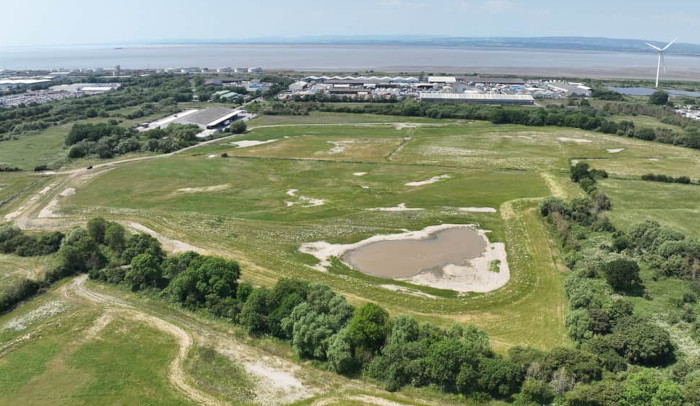New wetland habitat north of Bristol opening to public and birdwatchers
The work will create at least 80 hectares of new wetland habitats, the equivalent of 112 football pitches.

A newly created wetland habitat north of Bristol is due to open to the public and birdwatchers next month.
The large wetlands includes four kilometres of new public footpaths and has already proved popular with different species of birds.
Hallen Marsh, north of Avonmouth and Lawrence Weston, has been turned into a wetland habitat as part of flood defence works led by the Avonmouth and Severnside Enterprise Area. A second area of wetland is also being created in Northwick, north of Pilning.
The flood defence works stretch along a 17-kilometre long part of the Severn Estuary. The imminent opening of Hallen Marsh was revealed in a meeting of the public rights of way and greens committee at Bristol City Council.
Green Councillor Tessa Fitzjohn, chair of the committee, said: “Hallen Marsh is a flood restoration project with new wetland areas. An ornithological group will be setting up bird monitoring surveys for next year, and they’re going to be monitoring over-wintering and breeding bird populations, and that will be between September and April.
“I believe people will be able to go and visit. So if you’re interested in the natural world, then perhaps put that onto your list.”
The work will create at least 80 hectares of new wetland habitats, the equivalent of 112 football pitches, to support the internationally important bird species in the Severn Estuary. The wider flood defence programme is expected to last until 2027.
Alex Seabrook, BristolWorld
14 Sept 2023
Share this story




